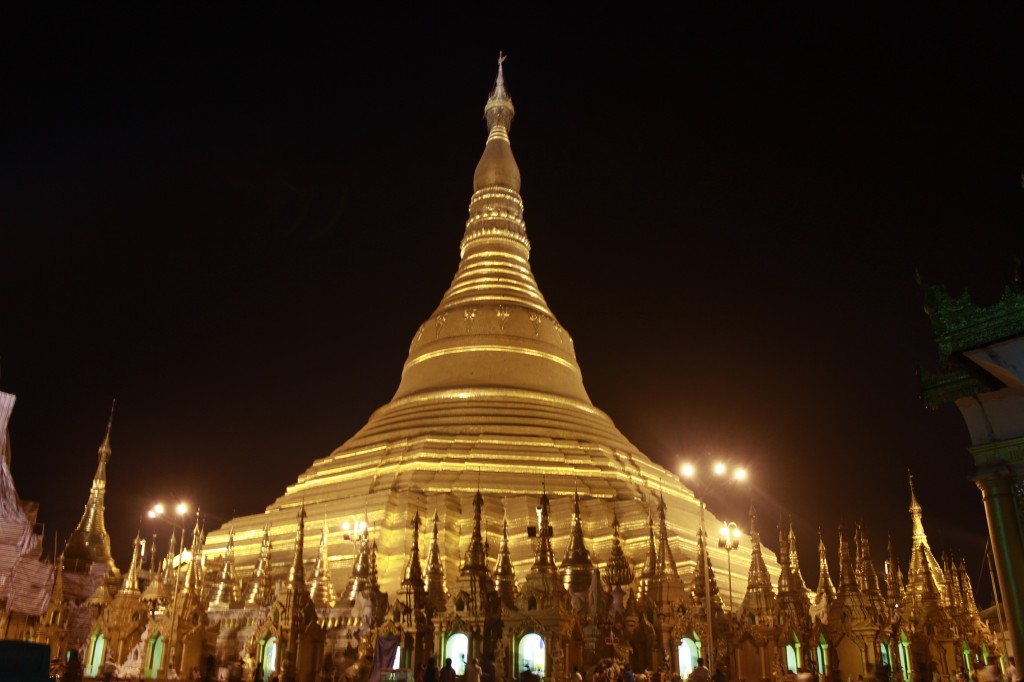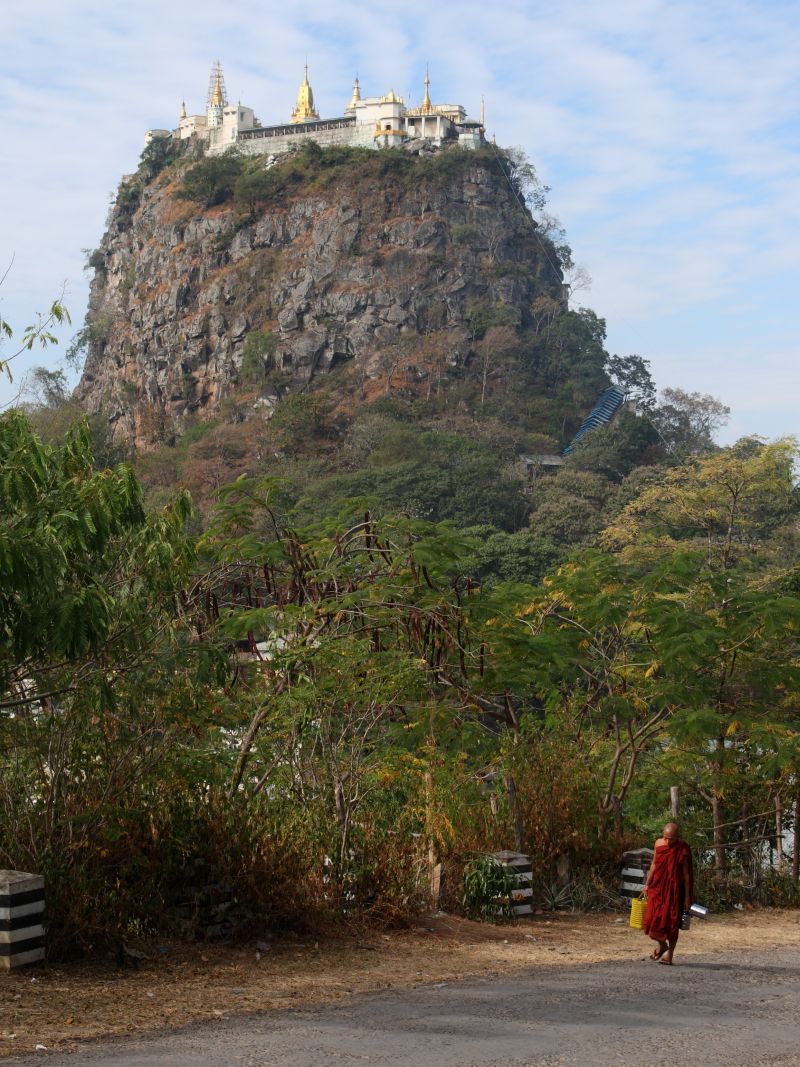There are many famous Buddhist Heritage sites in Southeast Asia that are recognized and protected by UNESCO. Here is a list of the most famous World Heritage Sites in the region.

Angkor, Cambodia
One of the most prominent and famous sites in Asia, Angkor stretches over 40,000 hectares. This was the last remaining stronghold of the Khmer Empire and today the ruins are visited by thousands each year. The most prominent sites are the Bayon Temple with its detailed sculptures, and Angkor Thon together with Angkor Wat.

Borobudur Temple Compounds, Indonesia
Indonesia’s most famous Buddhist temple is built in three layers and dates from the 8th and 9th centuries. Located in Central Java it has a distinctive appearance with a pyramid shaped base with five square terraces, a cone with three circular platforms, and a stupa at the top. There are 72 stupas around the circular platforms and each has a statue of Buddha.

Wat Si Sawai
Ayutthaya, Thailand
Located in Central Thailand are the remains of the Siamese second capital city at Ayutthaya. The site was constructed in 1350 and destroyed by the Burmese in the 18th century. Today it is famous for its reliquary towers or prang and giant Buddha statues and stretches over many hectares. It is an hour from Bangkok and an evocative reminder of the past.

Luang Prabang, Laos
The city of Luang Prabang is a fusion of architectural styles and renowned for its Buddhist culture and architecture. It is said that when Buddha visited Luang Prabang he smiled when resting in the area, indicating it would one day be prosperous. Some of the most famous Buddhist architectural structures are at Wat Xieng Thong and Wat Hosian Voravihane but there are literally hundreds of temples in and around the city.

Sukhothai, Thailand
Sukhothai was Siam’s first capital city in the 13th and 14th century and has a wealth of architectural gems. There are many Buddhist features here including huge statues of Buddha. The complex consists of the remains of the Royal palace and 26 temples. The largest one is Wat Mahathat. Wat Si Sawai is another highlight and one of the oldest temples in Sukhothai. The large stupa at Wat Chang Lom is also a must see when visiting Sukhothai.

Pyu Ancient Cities, Myanmar
The ancient cities of Pyu include three sites at Beikthano, Halin and Sri Ksetra and they are located in the Ayeyarwady Basin. They date back over 1000 years when the Pyu kingdom thrived in 200BC and AD900. There are three huge Buddhist stupas here as well as excavated palace citadels and ancient walls.
At the time of writing, the UNESCO World Heritage list includes 1007 places. Explore all of them via their excellent online map:














